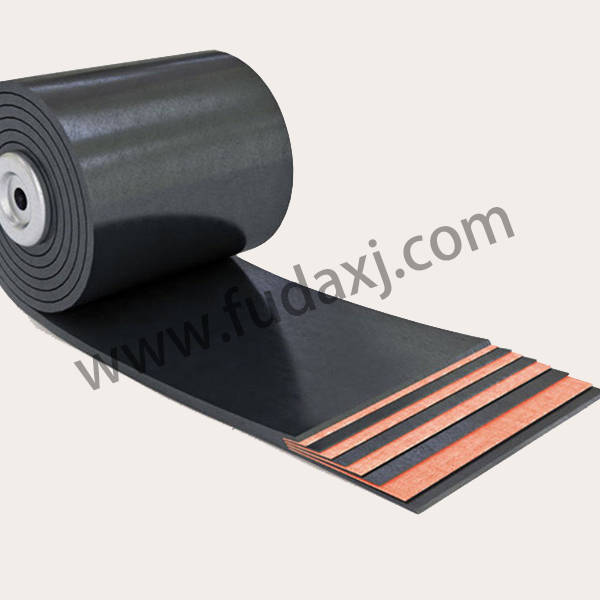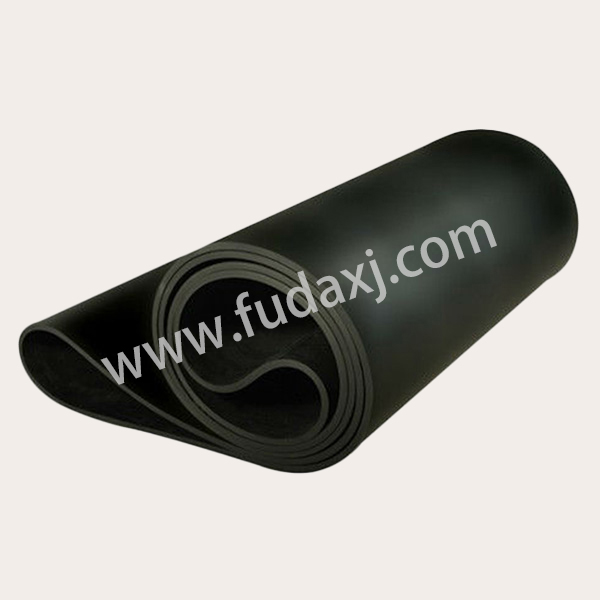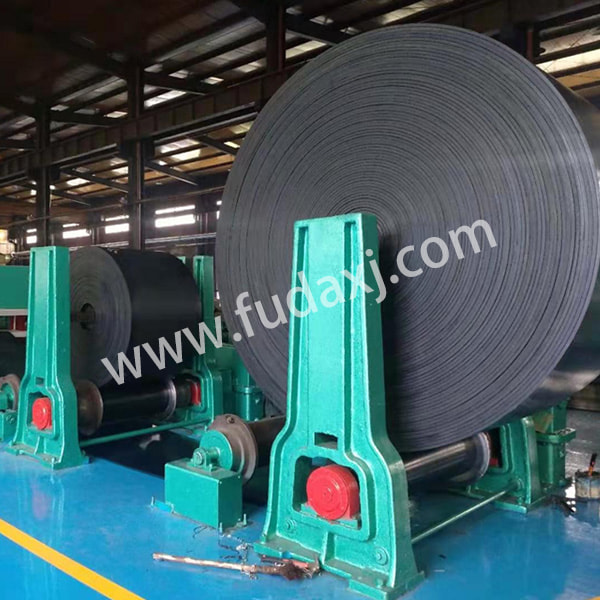
China Supply Conveyor Belt Manufacturing Producer Maker
Conveyor belts from China are widely used across various industries due to their reliability, versatility, and cost-effectiveness. These belts play a crucial role in automating material handling processes, improving efficiency, and enhancing productivity.
Conveyor belts are made from a range of materials, each chosen based on the specific requirements of the application. Common materials include rubber, PVC, and fabric. Rubber belts are known for their durability and resistance to wear and tear, making them suitable for heavy-duty applications. PVC belts offer flexibility and are often used in food processing and light industrial applications. Fabric belts, which are usually coated with various materials, provide a balance of strength and flexibility for a wide range of uses.
Conveyor belts come in various types and configurations, including flat belts, modular belts, and cleated belts. Flat belts are used for general-purpose applications, providing a smooth and continuous surface for moving materials. Modular belts consist of interlocking plastic segments that can be easily replaced or reconfigured, making them ideal for applications that require frequent changes in belt configuration. Cleated belts have raised edges or partitions that help in transporting inclined or loose materials, preventing them from slipping.
Conveyor belts can be customized to meet specific operational needs. This customization includes adjustments in belt width, length, and thickness, as well as modifications to the surface texture and cleat design. Customization ensures that the conveyor belt is well-suited for the particular type of material being transported and the environment in which it operates.
In manufacturing and production environments, conveyor belts are used to move materials between different stages of the production process. They facilitate the efficient transfer of products, components, and raw materials, reducing the need for manual handling and improving overall workflow. Conveyor systems can be integrated with automated machinery to streamline operations and enhance production efficiency.
The food processing industry relies heavily on conveyor belts for handling and processing food products. Conveyor belts used in food processing are designed to meet strict hygiene standards and are often made from materials that are resistant to corrosion and easy to clean. They are used for transporting ingredients, packaging finished products, and sorting items based on size or quality.
In logistics and warehousing operations, conveyor belts are essential for moving goods through distribution centers. They are used for sorting packages, loading and unloading containers, and transporting items to different areas of the warehouse. Conveyor systems in logistics help to optimize space utilization, reduce labor costs, and speed up the movement of goods.
In the mining and quarrying industries, conveyor belts are used to transport extracted materials such as ore, gravel, and coal. These belts are designed to withstand harsh conditions, including exposure to abrasive materials and weather. They play a vital role in ensuring the efficient and continuous movement of materials from the extraction site to processing or storage areas.
When selecting a conveyor belt, it is important to consider its load capacity. The belt must be able to support the weight of the materials being transported without sagging or stretching. The load capacity is determined by factors such as the belt material, thickness, and the type of conveyor system.
The operating environment of the conveyor belt plays a significant role in determining the appropriate type of belt. For instance, belts used in outdoor or high-temperature environments may require specialized materials that can withstand temperature fluctuations and exposure to elements. Similarly, belts used in corrosive environments may need to be resistant to chemicals and moisture.
Different types of conveyor belts have varying maintenance requirements. Regular inspection and maintenance are necessary to ensure the longevity andperformance of the belt. Consider the ease of maintenance when selecting a conveyor belt, as well as the availability of replacement parts and service support.
 English
English 简体中文
简体中文 Español
Español عرب
عرب
 English
English





 Fax: 0086-576-83019528
Fax: 0086-576-83019528